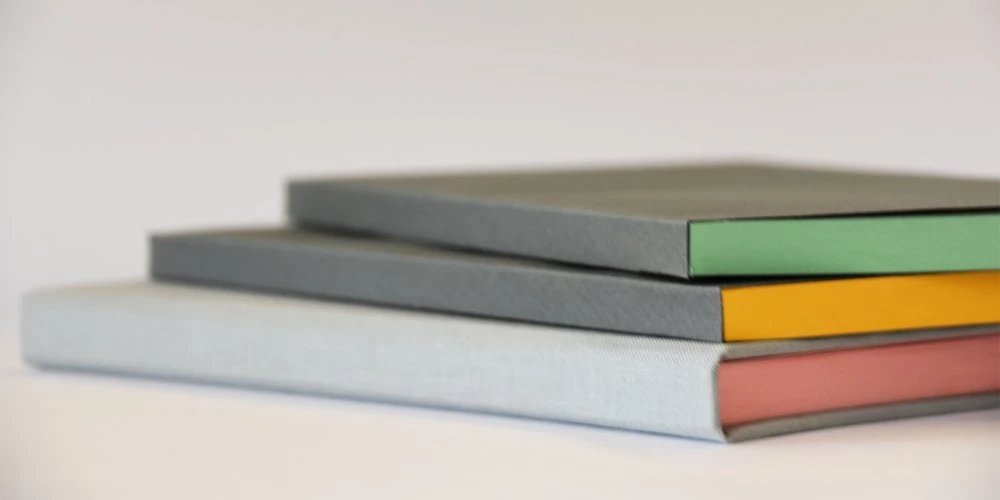A softcover book can be a consideration to decide on the printing options because it will affect the book presentation. Each printing option has its benefits and weaknesses. Exploring the available options with their further details allows you to choose the best for your book.
What are Softcover Books?

Softcover books are book types whose binding involves pages inside a thin pliable paper cover. You can discover this cover type easily in magazines, paperback novels, or annual reports. They are different from hardcover books with a rigid and thick paperboard for the cover.
A softcover book usually uses a thicker cover than the inside pages to offer better durability. Otherwise, the cover and the pages may use papers with the same thicknesses so you can save the printing cost. People choose softcover books due to several benefits.
One benefit is it requires considerably low cost. Meanwhile, hardcover printing needs a higher cost for thicker paper. It also undergoes faster turnaround time which leads to time efficiency. It is also why softcover book binding is more prominent than hardcover ones.
Are Softcover and Paperback Different?
A paperback book addresses a book type that involves a paperboard cover or sometimes can be a heavy stock and glue-attached pages for the binding. A paperback is similar to a softback or softbound based on the binding technique. People use it to address the same type.
Only the environment affects how people address this softcover book. For instance, people in the book industry most likely refer to a softcover book as a paperback. However, people from the manufacturing perspective usually call it a softbound or perfect bound.
What Are Softcover’s Pros and Cons?
Although softcover binding is more popular, you must know its pros and cons. Therefore, you can decide on the most suitable binding type for publishing a book.
-
Pros
One of the advantages of a softcover is it is handy due to its light and portable book design. You can carry it with your hand or put it in your bag without a heavy feeling. Another good thing about a softcover book is saving the cost of the printing and binding process.
It has a high popularity in the printing industry and chosen by many publishers because of the saving cost reason. It gives more flexibility for printing options. Therefore, publishers can print it to fit various needs even for people with vision problems.
A softcover binding also promotes easy distribution because you can discover softcover book sales everywhere.
-
Cons
However, consider its disadvantages too like it is prone to damage. Since this book uses a thin paperboard, it has less durability and requires more care to avoid possible damage. People usually improve this book's longevity by applying gloss lamination or plastic cover for extra protection.
Hardcover books surpass softcover ones with their aesthetics and firmness. Hence, they offer a better presentation than that book with softcover binding.
No specific rules are available for deciding the binding method. However, the first thing you need to do is consider the available budget because it helps you to know whether you can reach a softcover book or a hardcover one.

Morgan Azhari, the owner of PrinterUpdate.net, is a dedicated expert in the field of printers, leveraging a wealth of experience and education to create a platform that passionately shares insights and solutions.
With a goal to enhance the printer user experience, my vision for the website is to provide valuable content, making a positive impact on individuals navigating the complexities of printers.